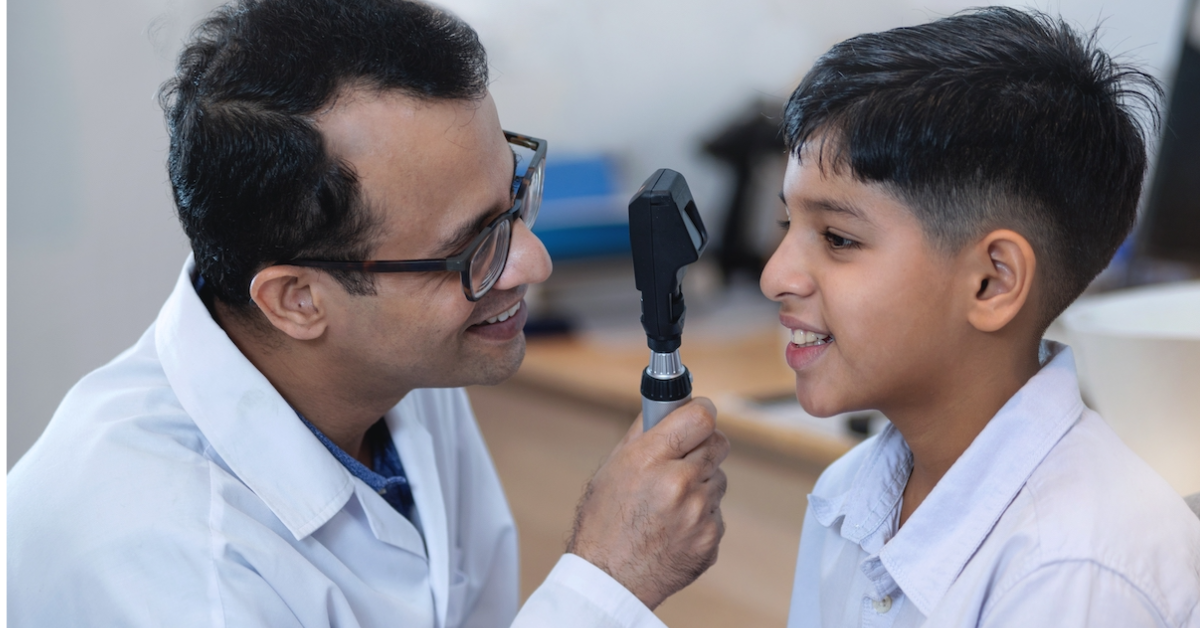
This article was first published in Melton Moorabool Star Weekly on 28 February 2023.
Written by Christopher Carter, CEO, NWMPHN
You may have noticed that it’s become harder to see a GP quickly in recent times, especially if you don’t have a regular doctor who knows you. Over the past year or so there have been new government-funded centres or clinics opening across our region to help everyone get the care they need, and that’s a good thing.
What’s not so good, though, is that these new places have long names and it’s easy to get confused about what they do and when you should visit them or whether you should wait to see your regular GP. So let’s see if we can sort things out.
There are some facilities called General Practice Respiratory Clinics or GPRCs dotted about the place – 15 of them in our western and northern suburbs.
They are different from Priority Primary Care Centres, or PPCCs. There are five PPCCs in our region, with another three opening soon
Before we get onto the differences between them, let’s look at what they have in common.
The main quality they share is that they make it much easier for you or your family to seek and receive medical treatment. They are there to save you waiting days for an appointment with your GP, or hours at a hospital emergency department.
GPRCs and PPCCs are open extended hours, you don’t need to book an appointment, and all treatments are free – even if you don’t have a Medicare card.
So, which one should you go to for what?
If you have mild respiratory symptoms and you need to see a GP or nurse, then a GPRC is the best place to go. They provide face-to-face and telehealth assessment, full respiratory testing, and immediate treatment.
If you are confirmed as having COVID-19, GPRC doctors can prescribe antiviral medications (if you meet the guidelines). This is really valuable, because for the antivirals to work it’s essential that you start taking them within a day or two of symptoms developing.
PPCCs are there to treat serious, but non-life-threatening, injuries or illnesses. These might be, for instance, suspected fractures and sprains, cuts, burns, mild to moderate infections, fevers, back pain, rashes or mild to moderate asthma attacks.
PPCCs are staffed by GPs and nurses who specialise in urgent care. They will be able to treat you within a short period after you arrive – much faster than the heroic but overworked staff at your nearest emergency department, who have to deal with life-threatening cases first.
Of course, if you turn out to be a lot sicker than you thought, every PPCC is in direct communication with a hospital and with Ambulance Victoria, so they can transfer you to higher levels of care very easily.
PPCCs are also next to, or very nearby, all the other services you may need – such as x-rays and pathology – and will make sure you’re well looked after.
The five priority primary care centres in our region are in Craigieburn, Maribyrnong, Moonee Ponds, Sunshine and Werribee. For more details, go to NWMPHN’s website: www.nwmphn.org.au/ppcc
You can also to our website to find your nearest GPRC: www.nwmphn.org.au/gprcs
Remember, too, that these are not your only options. If you’re stuck at home and you need to talk to a doctor urgently, you can also contact the Victorian Virtual Emergency Department at vved.org.au or, if you’re not sure what type of care you need, call Nurse-on-Call any time on 1300 60 60 24.
And, even when you’re feeling well, it’s important to book in with your regular GP for check-ups and non-urgent health matters.
I hope that helps!




